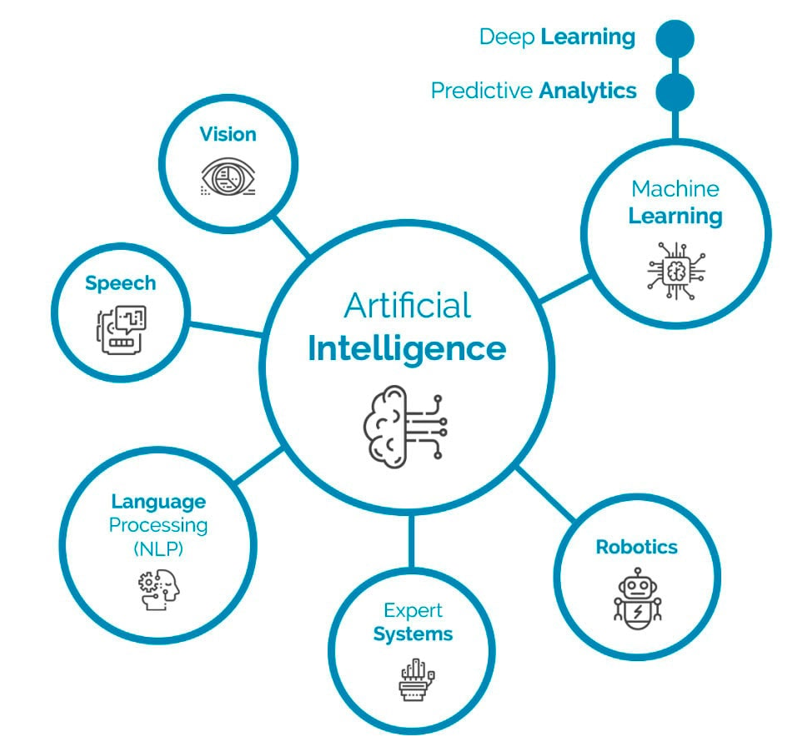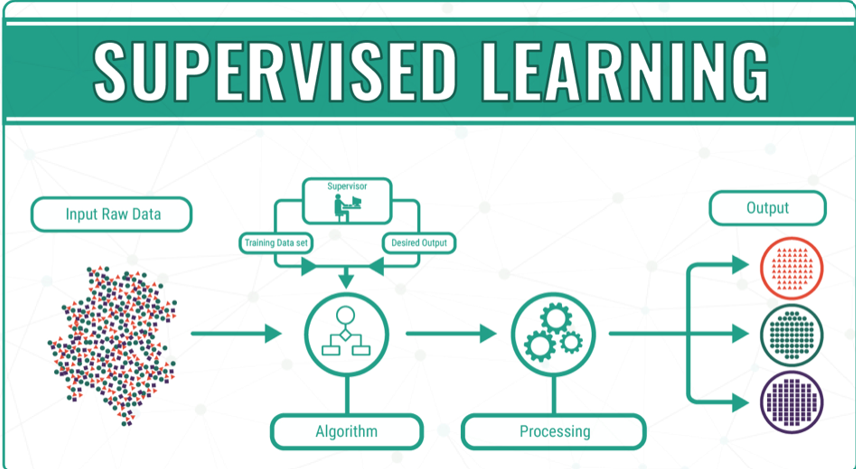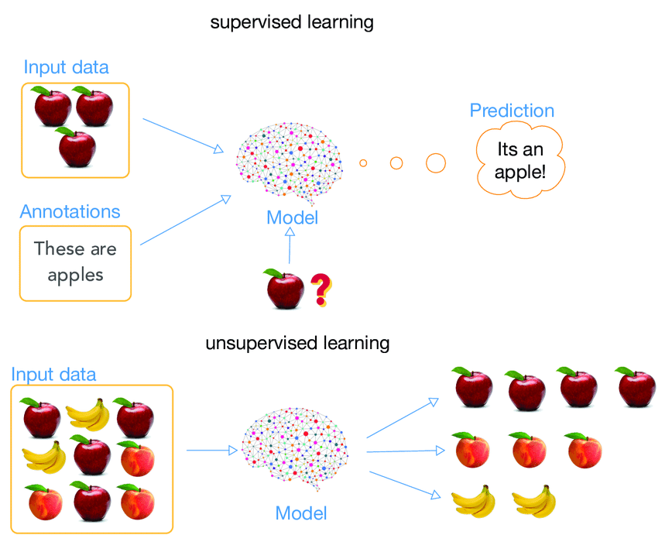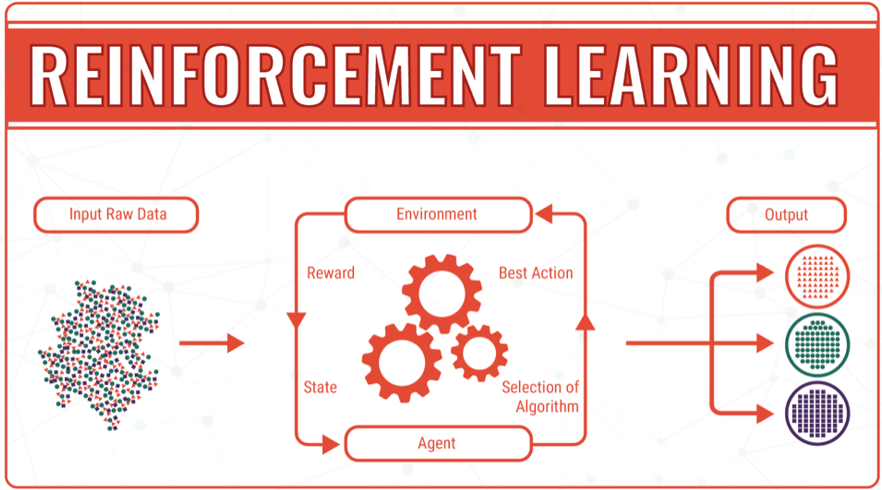
How a BDE Connects Business Vision With Technology
How a BDE Connects Business Vision With Technology Kumkum Kumari 21/11/2025At Speqto, we work with organizations that are constantly evolving entering new markets, scaling operations, or […]


Date – 26/07/2021 | Pawan Kaushik
Artificial Intelligence is one such technology which has impacted the lives of everyone to the highest extent. Over the course of this blog, we will understand the meaning of artificial intelligence, its applications and essential tips for artificial intelligence application. Artificial Intelligence is defined as the highest form of data analytics and data science. This is where we build a machine or system with the ability of cognitive and conscious thinking without any of the human factors which causes mistakes or errors. Artificial Intelligence is built using something called as the neural network which is primary reason for the high computation capacity of Artificial Intelligence System. Artificial Intelligence can be categorized into 3 segments based on their level of complexity and computational capability and they are:-
1. Supervised Learning.
2. Unsupervised Learning.
3. Reinforced Learning.
We will also look at various essential tips and tricks needed while choosing, developing and implementing an artificial intelligence system.
 Supervised learning models are the simplest form of artificial intelligence systems. In this, an AI system is created which can follow a specific set of instructions and can automate the process based on training data. The system maps the input to the output in a predefined fashion based on the nature of the training data set used. One of the primary advantages of this model is that we can use previous experiences and historic data to create accurate data sets and collect data for specific parameters. However, one of the biggest drawbacks of this system is that the capabilities of the system is restricted and the decision boundaries are overstrained, if the training data does not have necessary parameters or crucial headers. Regression, classification, naïve Bayesian model, random forest model, neural networks and support vector machines are some of the most popular types of supervised learning. Some of the popular fields and industries which use supervised learning artificial intelligence models are:-
Supervised learning models are the simplest form of artificial intelligence systems. In this, an AI system is created which can follow a specific set of instructions and can automate the process based on training data. The system maps the input to the output in a predefined fashion based on the nature of the training data set used. One of the primary advantages of this model is that we can use previous experiences and historic data to create accurate data sets and collect data for specific parameters. However, one of the biggest drawbacks of this system is that the capabilities of the system is restricted and the decision boundaries are overstrained, if the training data does not have necessary parameters or crucial headers. Regression, classification, naïve Bayesian model, random forest model, neural networks and support vector machines are some of the most popular types of supervised learning. Some of the popular fields and industries which use supervised learning artificial intelligence models are:-
1. Bioinformatics: Bioinformatics is field where biological data is stored which includes fingerprints, blood groups, iris texture etc. It is primarily used by government organizations to track and keep the database updated. Simultaneously, tech and mobile phone companies used supervised learning AI models to create an added layer of security for their devices in terms of fingerprint locks, and facial recognition.
2. Speech and Audio Recognition: One of the most popular applications of supervised learning AI models is speech and audio recognition. The system can be trained to recognise human voice and carry out specific tasks based on the information gather from the voice. One of the most popular application of this technology is the world of virtual assistants such as Siri, Google Assistant, and Alexa.
3. Spam Detection: Email providers such as google, yahoo, apple mail, text messaging platforms and many more use various iterations of the supervised learning AI model for various spam detection processes. The system is trained to verify the contents of an email or a message and look for specific keywords which are defined by the training data. Based on the results of the search, the system flags the email and sends it to the appropriate folder for easy access. Content filtration is one of the most important and widely used applications in the market.
 Unsupervised learning is a version of artificial intelligence with higher capabilities and computational capacity. In this system, the AI network is trained to recognise patterns and classify data with the help of data sets which presents the same parameters. The system is trained using data sets without any labels or classifications. Generally, the extracted data has hundreds of variants and differentiations, classifying the data at this stage is nearly impossible. Hence the unsupervised learning models plays a significant role. Pattern recognition and classification without the use of any labels makes the job of working with raw data simple and easy. One the data is classified by the system, we can go ahead and label the data based on the nature. This is significantly easier. Some of the popular real time application of unsupervised learning Artificial Intelligence models are :-
Unsupervised learning is a version of artificial intelligence with higher capabilities and computational capacity. In this system, the AI network is trained to recognise patterns and classify data with the help of data sets which presents the same parameters. The system is trained using data sets without any labels or classifications. Generally, the extracted data has hundreds of variants and differentiations, classifying the data at this stage is nearly impossible. Hence the unsupervised learning models plays a significant role. Pattern recognition and classification without the use of any labels makes the job of working with raw data simple and easy. One the data is classified by the system, we can go ahead and label the data based on the nature. This is significantly easier. Some of the popular real time application of unsupervised learning Artificial Intelligence models are :-
1. Audience Segmentation.
2. Customer Profile Investigation.
3. Inventory Management.
4. Text Translation.
5. Targeted Ad and Marketing Campaigns.
Large scale companies such as Flipkart, Amazon, eBay, Microsoft and other companies use unsupervised learning artificial intelligence models extensively to run their operations smoothly. The applications and capabilities of the unsupervised learning AI model is considered to be limitless and versatile. Some of the popular unsupervised learning AI models are mentioned below.
1. K-means clustering.
2. KNN (k-nearest neighbours).
3. Hierarchal clustering.
4. Anomaly detection.
5. Neural Networks.
6. Principle Component Analysis.
7. Independent Component Analysis.
8. Apriori algorithm.
 Reinforced learning is one of the most advanced forms of artificial intelligence. In this model, the system is trained to make a series of decisions based on limited information to maximize the result potential. The process is complex and difficult. In this model, the system is put into a game like scenario, the training data is fed into the system and the system starts making decisions in an effort to maximize the reward points by the end of the process. The goal of the process is uncertain and potentially complex. The primary application of these systems is to reduce human error while tackling complex problems and uncertain goals. The system is advanced enough where it can learn new information and increasing its capability and performance. The system is primarily used test complex scenarios and obtain predictions about the recommended course of action and the performance of the action under test circumstances. Then these results and course recommendations can be implemented in real life based on report generated. In this way, solutions to complex problems are obtained with the help of reinforced learning AI systems. Some of the best use cases and real world applications of reinforced learning AI system.
Reinforced learning is one of the most advanced forms of artificial intelligence. In this model, the system is trained to make a series of decisions based on limited information to maximize the result potential. The process is complex and difficult. In this model, the system is put into a game like scenario, the training data is fed into the system and the system starts making decisions in an effort to maximize the reward points by the end of the process. The goal of the process is uncertain and potentially complex. The primary application of these systems is to reduce human error while tackling complex problems and uncertain goals. The system is advanced enough where it can learn new information and increasing its capability and performance. The system is primarily used test complex scenarios and obtain predictions about the recommended course of action and the performance of the action under test circumstances. Then these results and course recommendations can be implemented in real life based on report generated. In this way, solutions to complex problems are obtained with the help of reinforced learning AI systems. Some of the best use cases and real world applications of reinforced learning AI system.

How a BDE Connects Business Vision With Technology
How a BDE Connects Business Vision With Technology Kumkum Kumari 21/11/2025At Speqto, we work with organizations that are constantly evolving entering new markets, scaling operations, or […]

Apache JMeter Demystified: Your 7-Stage Blueprint for a Seamless First Performance Test
Apache JMeter Demystified: Your 7-Stage Blueprint for a Seamless First Performance Test Megha Srivastava 21 November 2025 In the intricate world of software development and deployment, ensuring a robust user experience is paramount. A slow application can quickly deter users, impacting reputation and revenue. This is where Apache JMeter emerges as an indispensable tool, offering […]

STRIDE Simplified: A Hands-On Blueprint for Pinpointing Software Threats Effectively
STRIDE Simplified: A Hands-On Blueprint for Pinpointing Software Threats Effectively Megha Srivastava 21 November 2025 In the intricate landscape of modern software development, proactive security measures are paramount. While reactive incident response is crucial, preventing vulnerabilities before they become exploits is the hallmark of robust software engineering. This is where threat modeling, and specifically the […]

From Static to Streaming: A Practical Developer’s Guide to Real-time Applications Using GraphQL Subscriptions
From Static to Streaming: A Practical Developer’s Guide to Real-time Applications Using GraphQL Subscriptions Shakir Khan 21 November 2025 The Paradigm Shift: From Static to Streaming Experiences In an era where user expectations demand instant gratification, the web has rapidly evolved beyond its static origins. Today, a modern application’s success is often measured by its […]

The TanStack Query Edge: Deep Dive into Advanced Caching for Optimal Application Speed
The TanStack Query Edge: Deep Dive into Advanced Caching for Optimal Application Speed Shubham Anand 21 November 2025 In the relentless pursuit of seamless user experiences and lightning-fast web applications, data management stands as a formidable challenge. Modern front-end frameworks demand intelligent solutions to handle asynchronous data, and this is precisely where TanStack Query (formerly […]